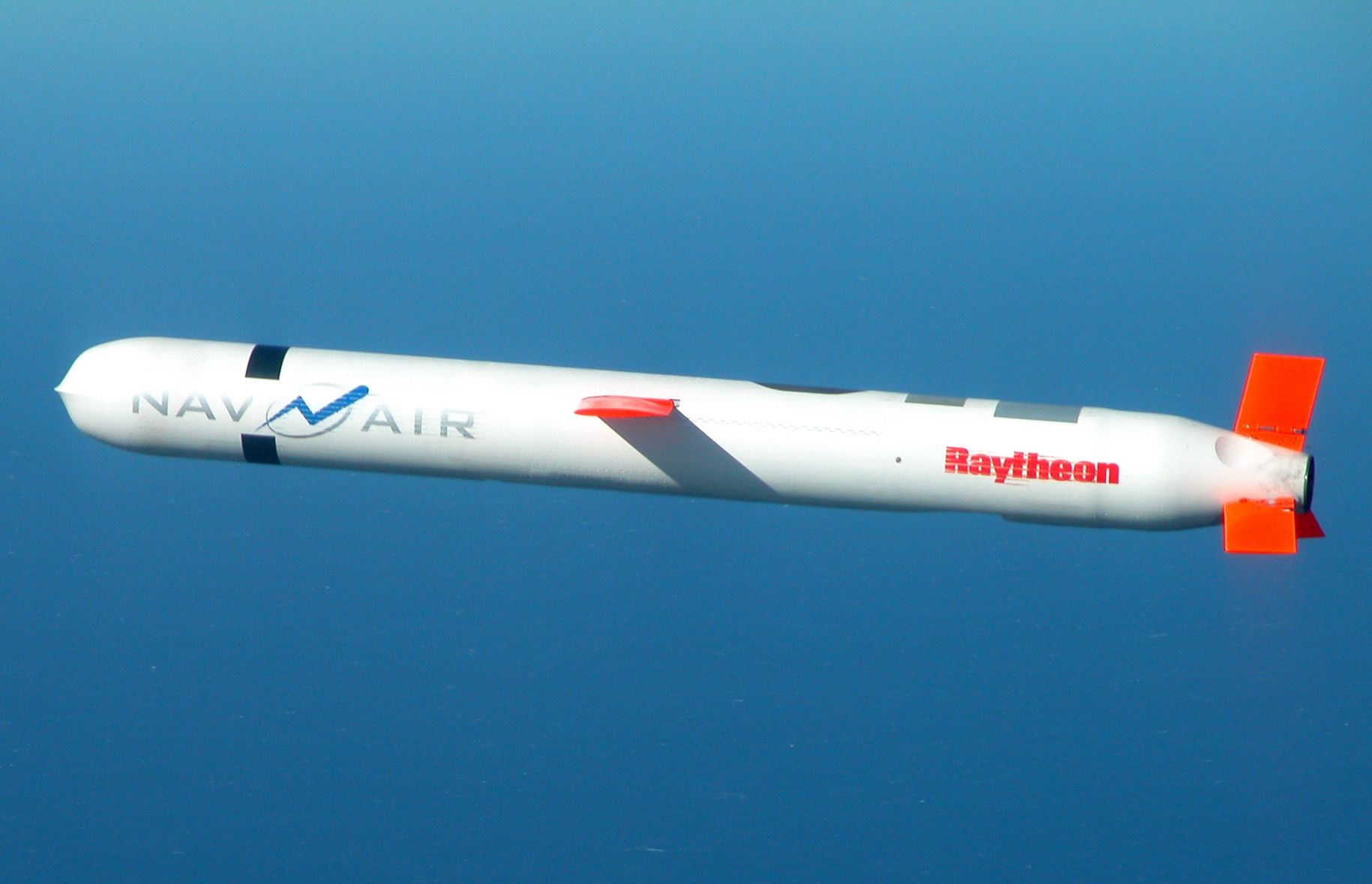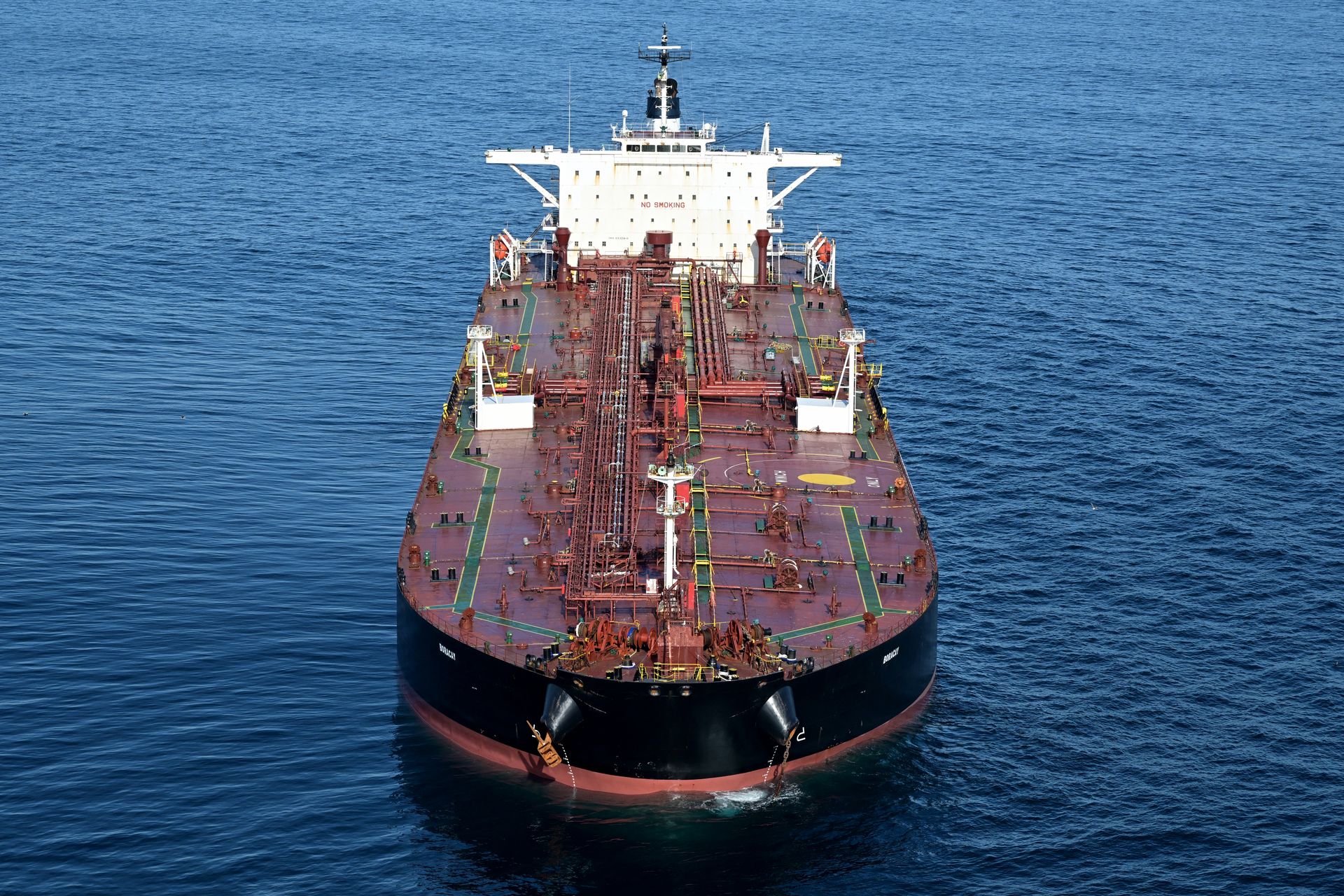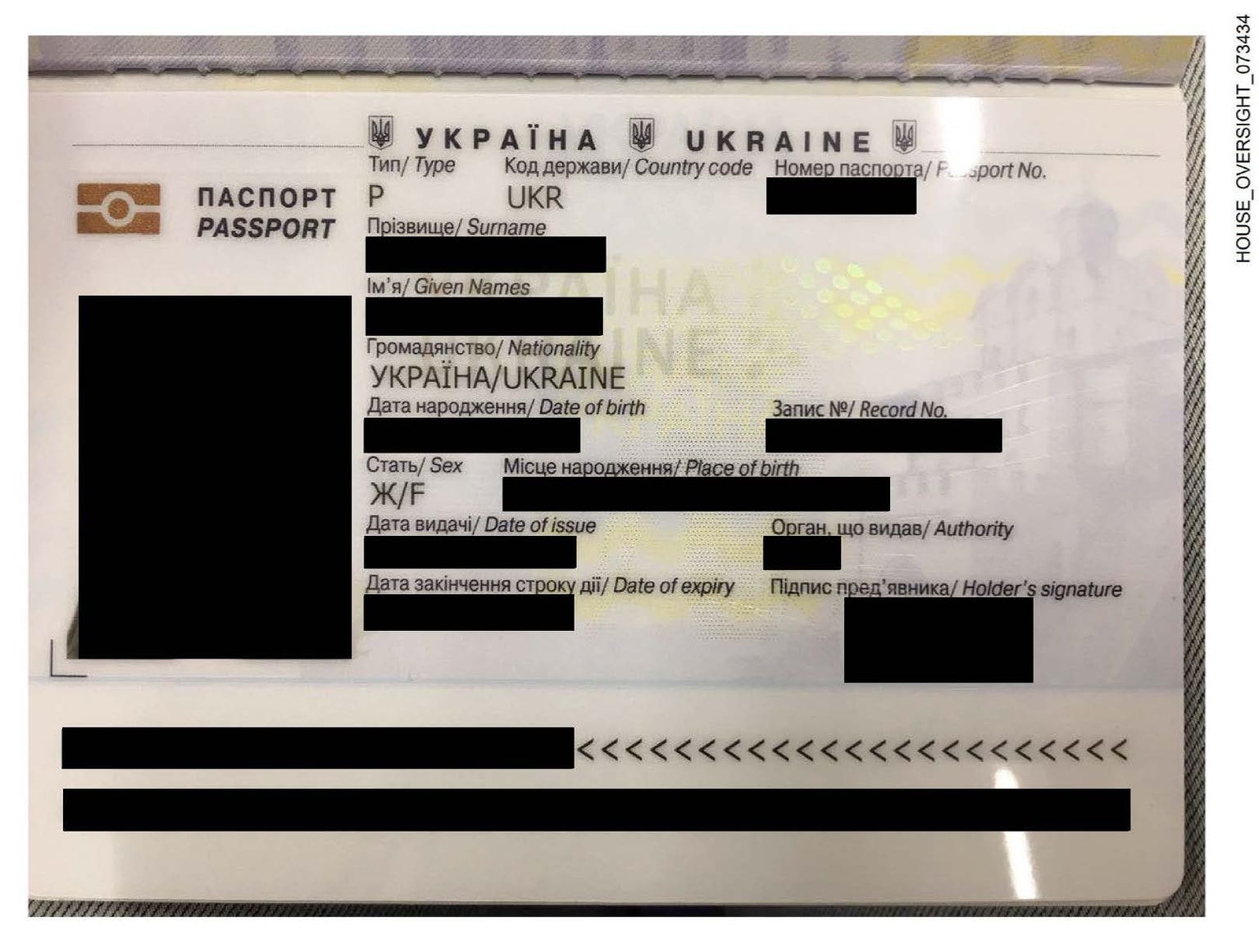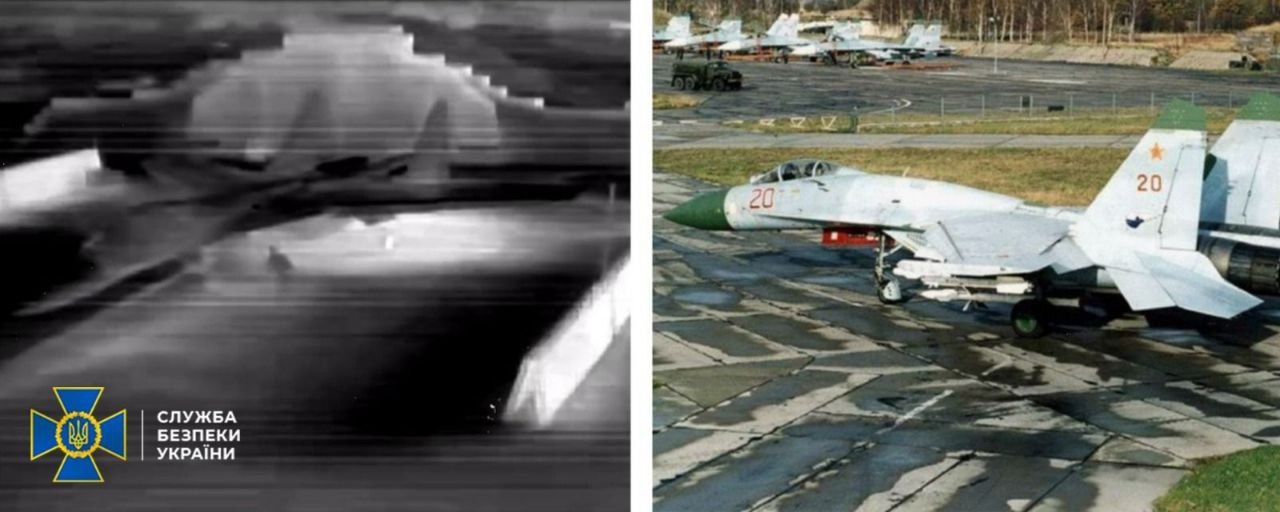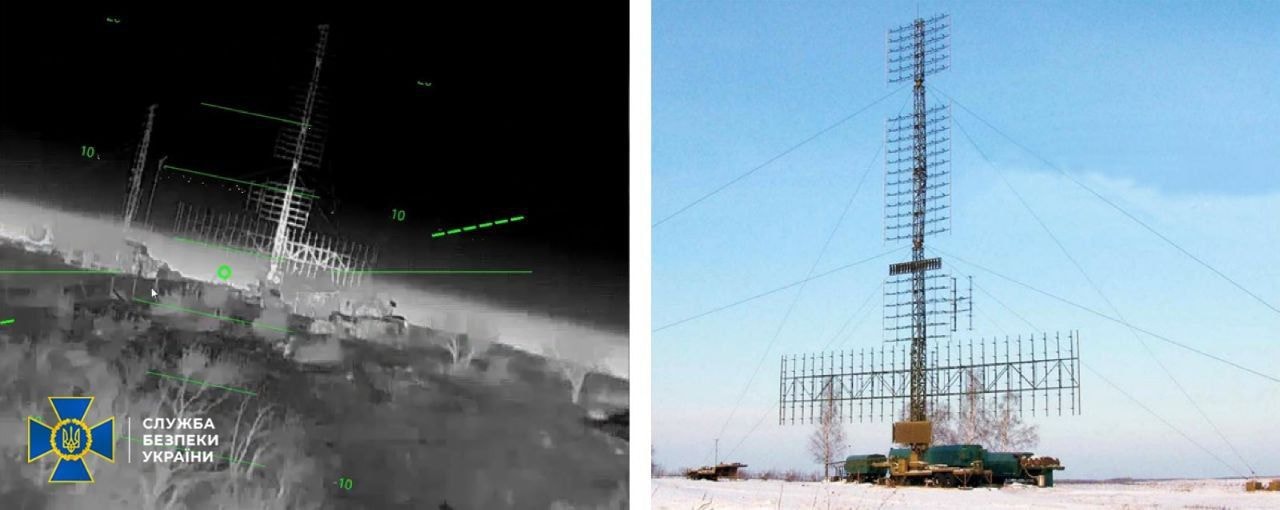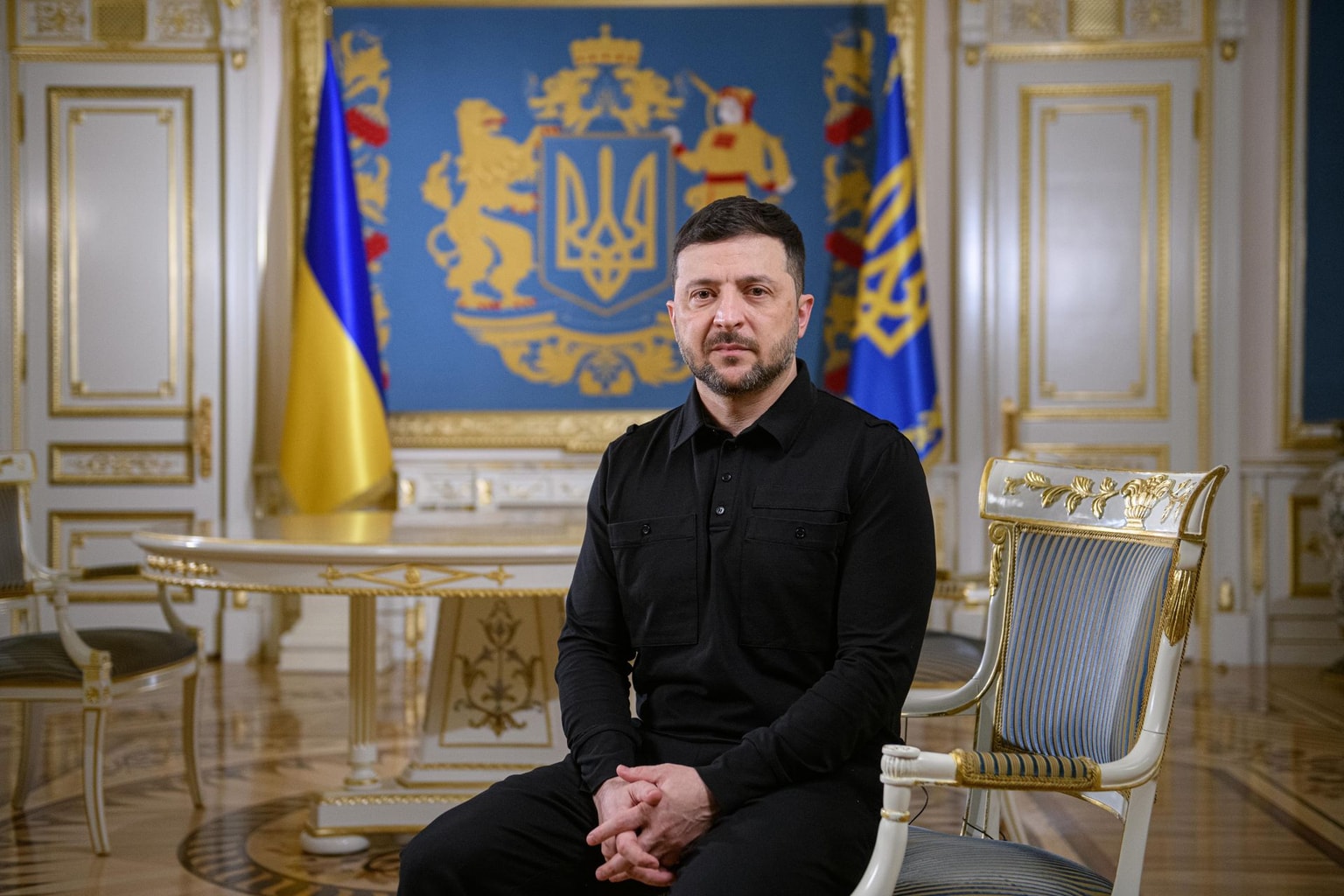EU leaders delay Ukraine loan using Russian assets as Belgium stalls effort

BRUSSELS, Belgium — At a fraught EU summit on funding for Kyiv, leaders asked the European Commission to draw up legal options for a reparations loan backed by Russia's frozen assets, with a final proposal expected by the end of the year.
The news follows weeks of political debate over how the reparations loan — which could eventually end up lending up to 140 billion euros to Ukraine, backed by Russian frozen central bank assets — could become a reality.
The lack of a breakthrough now pushes a potential decision to the next meeting of EU leaders in December.
"Political will is clear, and the process will move forward,” an EU official who spoke on condition of anonymity told reporters at the summit. It remains unclear whether a deal can be reached in time to meet Ukraine’s request to provide the financial support by the first quarter of next year.
Sticking points remain
Belgium, where the majority of frozen funds is parked in the financial clearing house Euroclear, put the brakes on swift progress on the use of frozen Russian assets, warning that three of its key demands related to legal worries would first need to be met.
Those include other member states to commit to a "full mutualization of the risk" in case Russia makes claims on the assets after the war, provide guarantees if the money has to be paid back, and that "every country that has immobilized assets moves together," Belgian Prime Minister Bart De Wever told reporters in Brussels on Oct. 23.
"We know that there are vast amounts of Russian money in other countries that have always been silent about this. If we move, we must move all together — that's European solidarity," he said.
"If these three demands, which are quite reasonable, are met, then we can go forward."
Belgium has agreed to a watered-down compromise text to a previous version seen by the Kyiv Independent, which invites the European Commission to present "options" at the next EU summit meeting in December.
EU diplomats expect the commission to work with the more sceptical member states, first and foremost Belgium, to hash out a text acceptable to all countries if it wants to strike a deal in two months.
Divergent visions on the usage of funds?
On top of Belgium’s reservations, another key sticking point over the next weeks will be to pin down for what exactly the funds will be used for by Ukraine, namely, how free Kyiv will be to decide on how to allocate them for its financial and military support.
France is among those countries that are pushing for the cash to be primarily used to purchase European weapons, while a camp of other countries insists it should address Ukraine’s battlefield needs freely.
Speaking earlier to EU leaders, Zelensky indicated that Ukraine would use "a significant part" of the potential funds leveraged from the Russian frozen assets to "buy European weapons," a comment that was seen as an important gesture towards French demands.
However, Zelensky later also noted that Europe doesn’t necessarily have everything Ukraine needs.
"We have to recognize that the U.S. has (Patriot PAC-3 interceptor missiles)," Zelensky said.
The U.S.-made air defense system is one of the few in the world that defends against ballistic missiles, which Russia is regularly launching against Ukraine.
Repeated attacks on energy infrastructure have left over 100,00 people without power in the north and east of Ukraine, which have been intensifying and targeting under-protected energy infrastructure.
Zelensky also told reporters that the funds should be spent on Ukraine’s burgeoning military industrial complex.
"We need to use any kind of Russian money for Ukrainian production, it’s cheaper and quicker, long range, drones and electronic warfare, and missiles — we have all three,” Zelensky told reporters.


